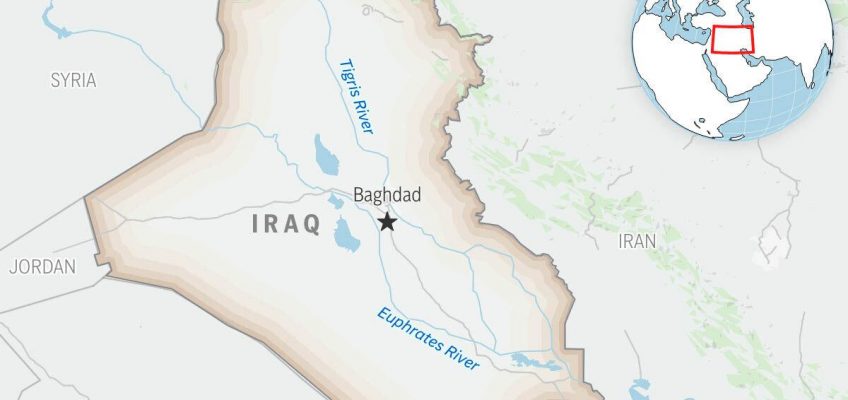Gophers men’s basketball coach Niko Medved wanted to see the character of his shorthanded team in the Big Ten opener against No. 22 Indiana on Wednesday.
Already amid a three-game nonconference losing streak, what were the U players made of after swallowing the tough news that starting point guard Chansey Willis Jr. is out for the season with a broken foot?
Turns out, a heck of a lot as the Gophers upset the Hoosiers 73-64 at Williams Arena.
Minnesota (5-4, 1-0 Big Ten) was eight-point underdogs against the previously undefeated Hoosiers (7-1, 0-1). Indiana was 19th in the country, according to the KenPom analytics site, while Minnesota’s swoon had them way down the list to 116.
The stunning win came in Medved’s first conference game at his alma mater.
“I try not to get emotional,” Medved said postgame. “I’m just so proud. It’s why you coach. You do what you do to try to help young people respond and to see the way that, they did is awesome. From a personal level, it just feels unbelievable to have the crowd into it and the students. That is what I grew up with here, that way. This is a day that I’ll remember. … We got to enjoy this. You don’t get to do this every day.”
The Gophers took a 65-55 lead with Bobby Dunkin’s 3-pointer with four minutes left, but the Hoosiers went on a 7-0 run to put pressure on Minnesota.
Minnesota had only eight scholarship players; they were also missing starting center Robert Vaihola (knee), BJ Omot (leg) and Chance Stephens (illness).
Then three Minnesota big men — Jaylen Crocker-Johnson, Grayson Grove and Nehemiah Turner — battled serious foul trouble in the second half.
Four players had to log nearly every minute: Cade Tyson played all 40, Isaac Asuma 39, Langston Reynolds 38 and Bobby Durkin nearly 37.
Minnesota had five players in double figures, and only one point from its thin bench.
The Gophers defense made it challenging for the Hoosiers two best shooters — Tucker DeVries and Lamar Wilkerson. Each were making more than 40% from three-point range, but were held to 31% Wednesday.
Indiana’s leading scorer, Tucker DeVries, was held to nearly half his scoring average. He shot 3 for 13 from the field and finished with nine points
“It was everybody because we got into switches, but I just thought Langston Reynold’s mentality defensively was phenomenal,” Medved said. “I thought we did a great job of paying attention to detail, we closed out hard to them. We didn’t give them any clean looks.”
The Gophers held Indiana without a field goal for the final four minutes of the first half, taking a 27-19 deficit to a 33-33 tie at the break.
That surge had the biggest crowd at The Barn so far this season on its feet as the Gophers went into he locker room.
Grayson Grove made impressive hustle plays in the middle of the first half. After a bad pass from Langston Reynolds looked it it would be an easy dunk for Tucker DeVries, Grove blocked it at the rim. Then Grove ran the floor, was fed the ball in the paint and drew a foul.
DeVries was listed to six points in the first half on 2-of-8 shooting. Reynolds and Asuma contributed to him missing his first three treys.
In the first half, Reynolds and Cade Tyson each had nine points for Minnesota.
The Hoosiers made their opening five shots, but Minnesota got more disruptive and forced them to miss four of their next five as the U started to work its way back into the game.
Related Articles
Men’s basketball: With Chansey Willis Jr. out for season, what does Gophers rotation look like now?
Men’s basketball: Big Ten slate looks more daunting with Gophers struggling in nonconference play
Men’s basketball: Gophers fall to Stanford
Brothers in elbows: Gophers’ Cade Tyson and Nuggets’ Hunter Tyson
Men’s basketball: Gophers’ free-throw struggles prove costly in loss to San Francisco




